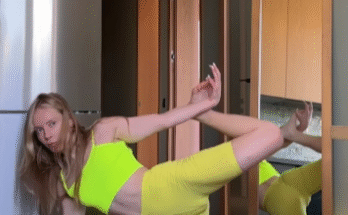Flexibility is a journey, not a destination. It takes time, dedication, and consistency to achieve and maintain a limber, supple body. As someone who has dedicated myself to improving my flexibility, I have developed a stretching routine that enhances mobility, prevents injuries, and promotes relaxation. In this guide, I will share my stretching routine, its benefits, and how you can incorporate it into your daily life.

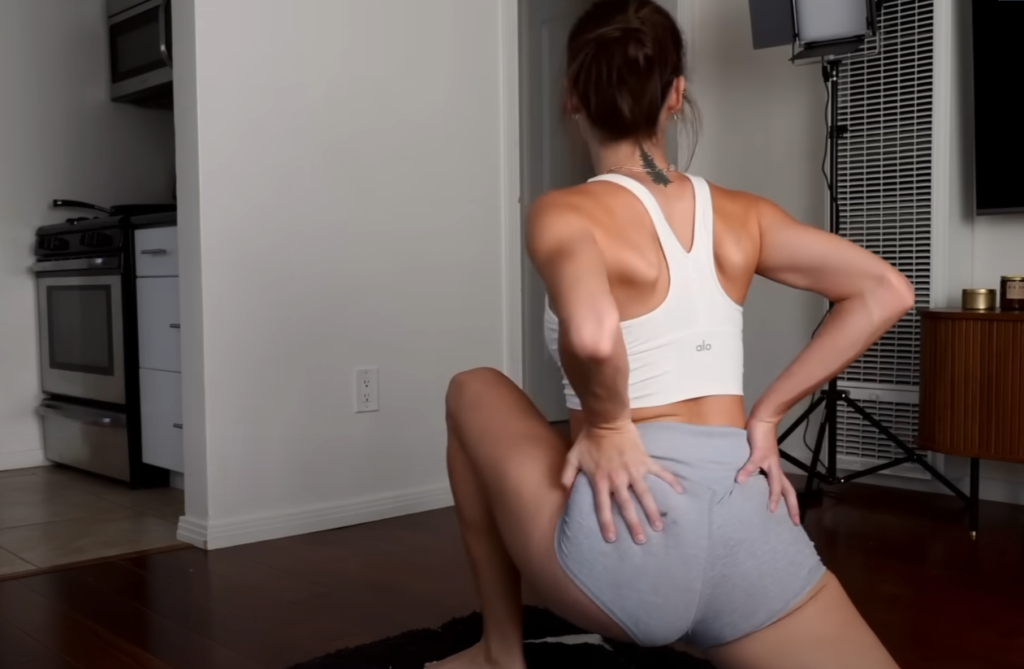

Why Stretching Matters
Stretching is more than just a warm-up or cool-down activity. It plays a crucial role in overall physical health. Regular stretching improves circulation, enhances muscle function, reduces stiffness, and helps prevent injuries. For athletes, dancers, yogis, or anyone who wants to improve their range of motion, flexibility is key.
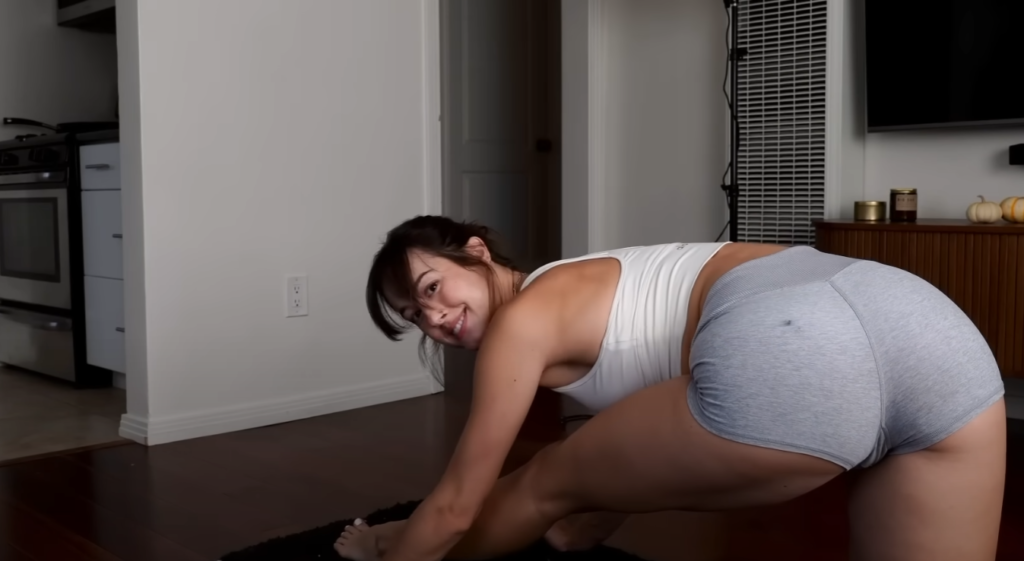
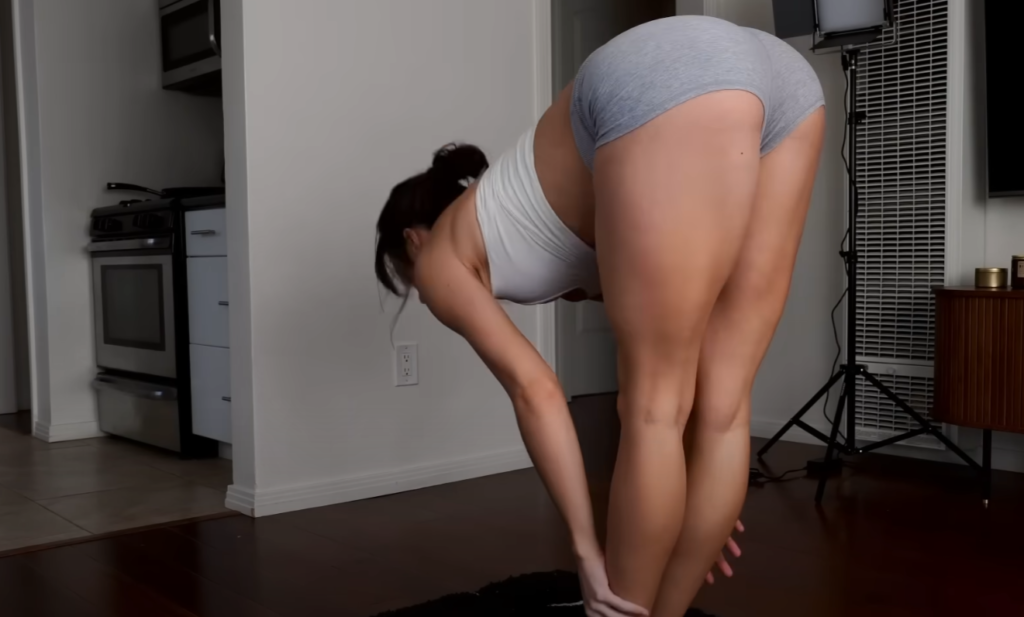

Aside from physical benefits, stretching also supports mental well-being. It relieves stress, promotes relaxation, and helps release tension stored in the body. Many people, myself included, use stretching as a form of active meditation, allowing the mind to calm while the body unwinds.
My Stretching Routine
I divide my stretching routine into three main categories: dynamic stretching, static stretching, and deep flexibility training. Each serves a unique purpose and contributes to overall flexibility.
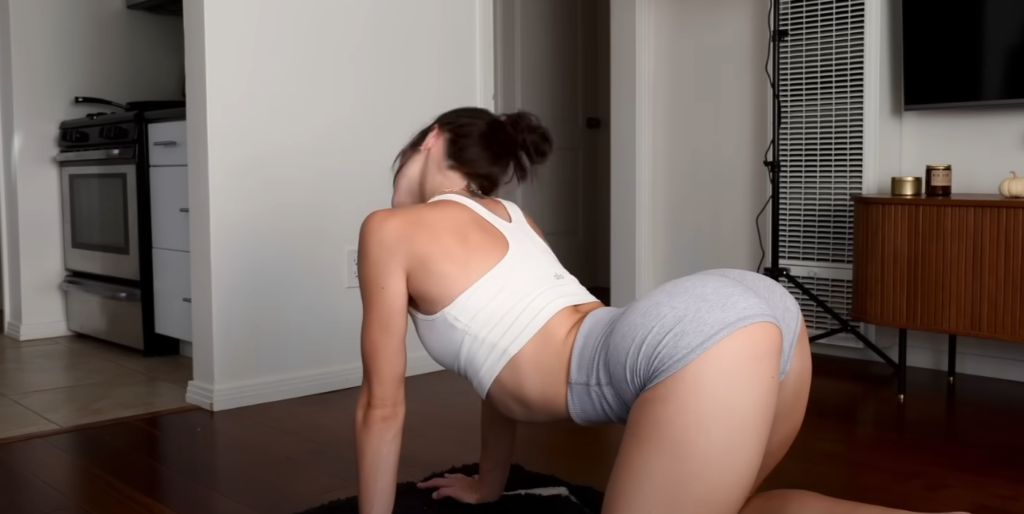

Dynamic Stretching (Warm-Up)
Before engaging in deep stretching, I always start with dynamic movements to warm up my muscles and get the blood flowing. This section of my routine takes about 5-10 minutes and prepares my body for deeper stretches.
- Arm Circles – I start with small circles and gradually increase the size to loosen up my shoulders.
- Leg Swings – I swing each leg forward and backward, then side to side, to activate the hip flexors and hamstrings.
- Torso Twists – I gently twist my upper body from side to side to warm up my spine.
- High Knees and Butt Kicks – These movements increase heart rate and engage the lower body.
- Lunges with a Twist – I step into a lunge and rotate my torso to stretch my hip flexors and spine.
Dynamic stretching wakes up my muscles and prepares them for deeper flexibility work.
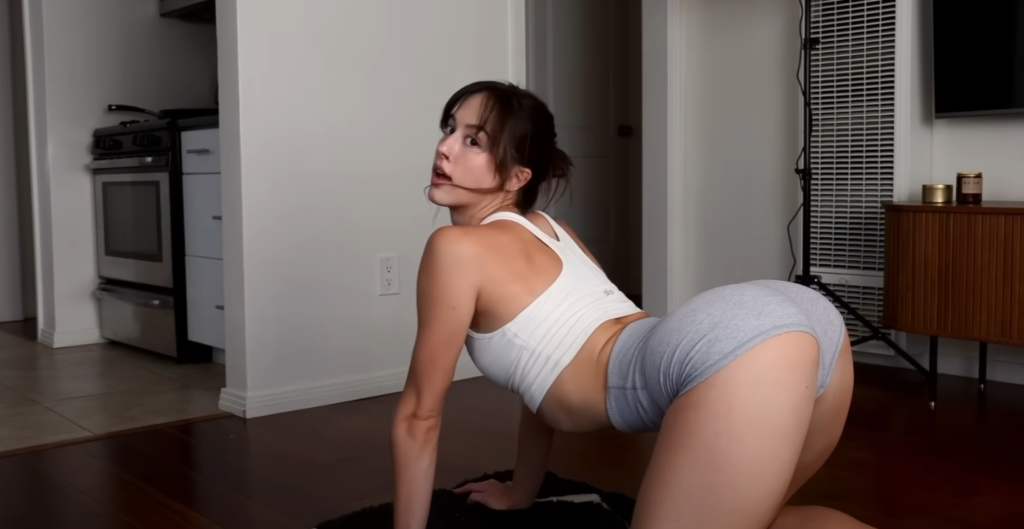
Dynamic stretching wakes up my muscles and prepares them for deeper flexibility work.
Static Stretching (Core Routine)
After warming up, I move into static stretching. These are held for longer durations (20-60 seconds per stretch) to improve overall flexibility.
- Forward Fold – I bend at my hips, reaching for my toes to stretch my hamstrings and lower back.
- Seated Straddle Stretch – Sitting on the floor, I extend my legs wide apart and lean forward to deepen the stretch in my inner thighs.
- Butterfly Stretch – I bring the soles of my feet together and gently press my knees toward the floor.
- Standing Quad Stretch – Holding one ankle behind me, I stretch my quadriceps and hip flexors.
- Cat-Cow Stretch – A gentle spinal movement that increases flexibility in the back and core.
- Seated Spinal Twist – I sit cross-legged and twist my torso to stretch my back and obliques.
- Shoulder Stretch – Bringing one arm across my chest, I use the opposite hand to deepen the stretch.

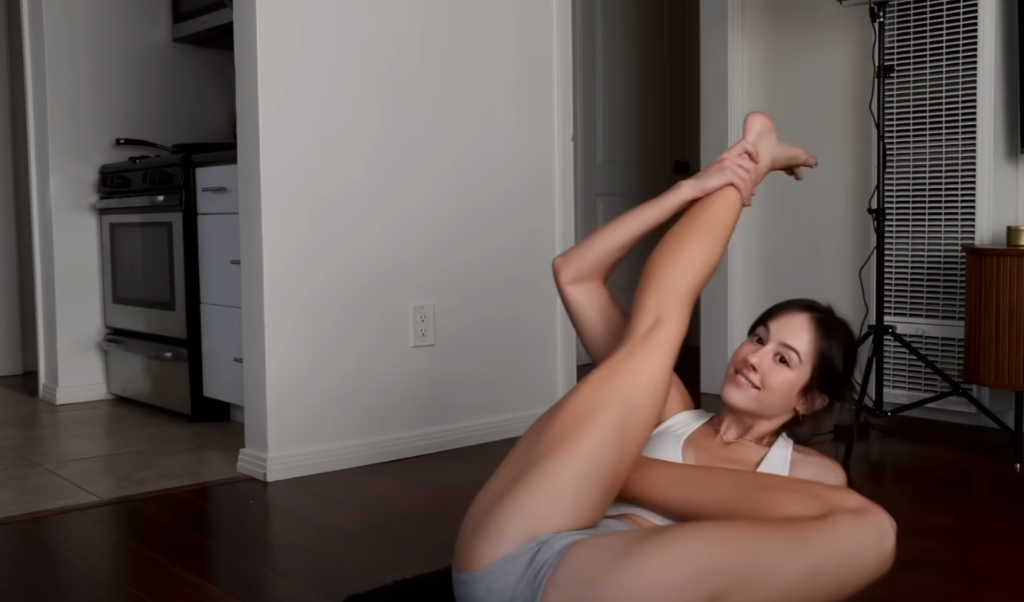

I hold each stretch for at least 30 seconds, breathing deeply to allow my muscles to relax and lengthen.
Deep Flexibility Training (Advanced Work)
For those who want to increase their flexibility significantly, deep stretching is essential. I dedicate at least 20 minutes to advanced stretches that target deeper muscle groups.
- Front Splits – I practice both right and left leg splits, gradually sinking deeper over time.
- Middle Splits – I slowly ease into a wide-legged split position, using my hands for support.
- Pigeon Pose – A yoga pose that deeply stretches the hips and glutes.
- Bridge Pose – I lie on my back and push my hips up to stretch the spine and hip flexors.
- Wall Stretch – I place my legs against the wall in a straddle position to open up my hips.

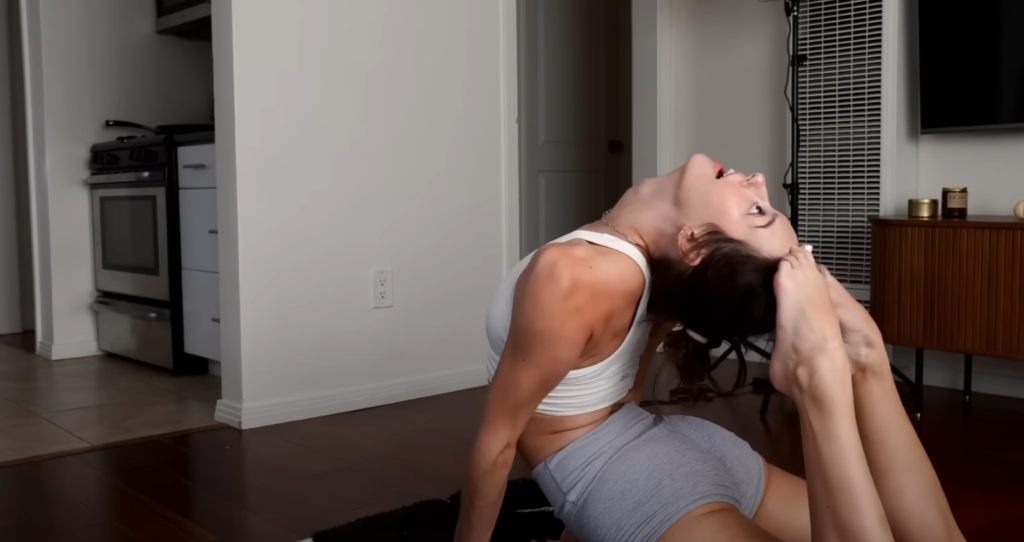

Deep stretching requires patience and persistence. I never force a stretch but allow my body to ease into it with each session.
Tips for a Successful Stretching Routine
- Be Consistent – Flexibility takes time. Stretch daily or at least 4-5 times a week.
- Listen to Your Body – Never push through sharp pain. Discomfort is normal, but pain is a signal to stop.
- Breathe Deeply – Proper breathing helps the muscles relax and stretch more effectively.
- Warm Up First – Always warm up before stretching to prevent injuries.
- Use Props – Yoga blocks, straps, or cushions can help deepen stretches safely.
- Stay Hydrated – Muscles function better when well-hydrated.
- Incorporate Strength Training – Strong muscles support flexibility and prevent injuries.


Conclusion
Flexibility is a journey that requires dedication, patience, and consistency. My stretching routine helps me stay limber, strong, and relaxed. Whether you’re a beginner or advanced, these stretches can enhance your mobility and overall well-being. Start small, stay committed, and enjoy the process of becoming more flexible!



